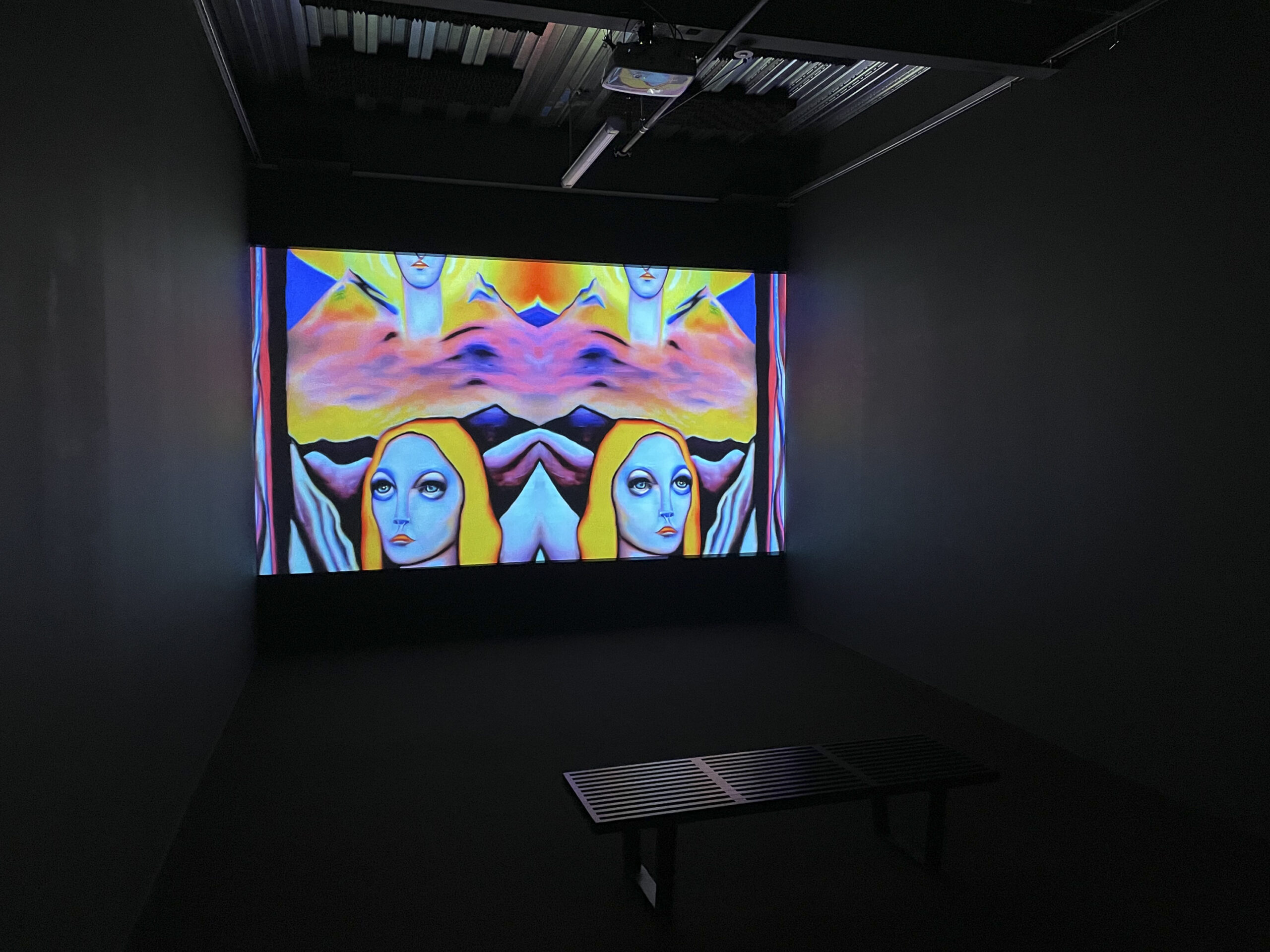Gallery of 5 photos
the slideshow
As we enter the third decade of the 21st century, we are becoming accustomed to the idea of turning on the lights with a voice command, adjusting the thermostat from our handsets and even riding in self-driving cars. But what if we told you that you could get a computer to create an impressive painting of a capybara sitting in a field at sunrise, simply by issuing a text command?
DALL-E, an artificial intelligence-powered text-to-image generator developed by the San Francisco-based research laboratory OpenAI, can do just that. It can also render a hyperrealistic image of an armchair shaped like an avocado or a snail with a shell that resembles a harp.
But is it art?
That’s the question gripping the art world as it wrestles with the rise of images generated by artificial intelligence—AI for short. It’s also the question at the center of Artificial Imagination, a new exhibition now showing at the Minnesota Street Project’s bitforms gallery SF in Dogpatch.
For Steven Sacks, owner and director of the media art-focused bitforms gallery, artificially generated pieces can “absolutely” be art. He aims to prove that with Artificial Imagination, which is running now through the end of December.
“I think the whole essence of DALL-E is surprise,” Sacks said. “Everything is pretty extraordinary when you think about how it was created using just key phrases that come from the artist.”
The gallery show features a cross-section of artists who’ve fully integrated artificial intelligence into their practices and those who are just starting to experiment with DALL-E.
Some of the artists in the exhibition, like artificial intelligence art veteran Alexander Reben, used AI to write the text that is used to define the shape and form of his sculptures. Others, like artist Siebren Versteeg, wrote his own code using artist Sol LeWitt’s drawing instructions. The software sometimes yields images that barely look like those of LeWitt and others that are very accurate.
For her part, multimedia artist and musician August Kamp thinks of DALL-E as an interpreter of imagination and views the platform through the lens of inclusivity and equity. “Everyone has ideas—not everyone has access to training or encouragement enough to confidently render them,” Kamp is quoted in a press release for Artificial Imagination. “I feel empowered by the ability to creatively iterate on a feeling or idea, and I deeply believe that all people deserve that sense of empowerment.”
In the end, Sacks hopes that Artificial Imagination can flip the script on AI-generated art. “People just assume that because the machine is involved, there’s no creative intention by the artist. It’s just the machine doing the work, and I couldn’t disagree more,” Sacks said. “There’s so much more depth to that than just putting in a bunch of words.”
bitforms gallery SF, Minnesota St. Project, 1275 Minnesota St.
Through Dec. 29 | Free
